Revolutionizing Visual Displays
In visual technology, LED displays have undergone a remarkable evolution. Initially confined to rigid, traditional formats, today’s LED displays are more versatile than ever. Creative and flexible LED displays represent a significant leap forward, offering new opportunities for innovation in various sectors. This article explores the development of these displays and their diverse applications, highlighting how they are reshaping industries and enhancing our visual experiences.
The Evolution of LED Displays
The journey of LED displays began with basic, static screens primarily used for digital signage and television. As technology advanced, LED displays became more sophisticated, transitioning from standard panels to more dynamic and adaptable forms. Creative and flexible LED displays are the latest frontier, integrating advanced materials and innovative designs to create displays that can bend, stretch, and transform.

The technologybehind Flexible LED Displays
Flexible LED displays are based on organic light-emitting diodes (OLEDs) or advanced liquid crystal displays (LCDs) that are combined with flexible substrates. These substrates, such as plastic or thin metal films, allow the displays to bend and conform to various shapes. The key components include:
- Flexible Substrates: These materials allow the display to maintain functionality while being bent or twisted.
- Thin-film transistors (TFTs): These are used to control the individual pixels on the display, and recent advancements have made them suitable for flexible screens.
- Encapsulation Materials: Protecting the delicate OLED layers is crucial, and advanced encapsulation techniques ensure durability even in flexible designs.
Applications of Creative and Flexible LED Displays
The unique properties of creative and flexible LED displays open up a plethora of applications across multiple sectors. Here are some notable examples:
- Architectural and Interior Design
Flexible LED displays are transforming architectural and interior design by integrating lighting and display elements seamlessly into building structures. They can be incorporated into walls, ceilings, and floors, providing dynamic visual effects that can change with the needs of the space. For instance:
- Interactive Building Facades: Modern skyscrapers and commercial buildings use flexible LED displays to create dynamic facades that can display advertisements, art, or information. These displays can adapt to the contours of the building, enhancing aesthetic appeal and functionality.
- Adaptive Interiors: Flexible LED panels can be used in interior design to create mood lighting or interactive surfaces. For example, an office might use flexible displays embedded in walls to show real-time data, decorative patterns, or even interactive touch interfaces.
- Automotive Industry
In the automotive industry, flexible LED displays are revolutionizing how information is presented within and outside vehicles. They are used for:
- Dashboard Displays: Flexible screens can conform to the contours of a dashboard, providing a more intuitive and customizable interface for drivers. They can display navigation information, performance metrics, and multimedia content in a more integrated manner.
- Exterior Lighting: Flexible LED strips are used for dynamic taillights and turn signals, allowing for more creative and functional lighting designs. These lights can change their appearance based on driving conditions or driver inputs.
- Retail and Advertising
Retail environments benefit greatly from the flexibility of LED displays. Creative applications include:
- Interactive Displays: Flexible LED screens can be used in retail spaces to create interactive product displays. Shoppers can engage with touch-sensitive panels to explore product features or access promotions more engagingly.
- Transformable Signage: Flexible displays allow for dynamic and eye-catching signage that can adapt to different promotional campaigns or store layouts. For example, a retail store could use flexible LED panels to create a rotating display that showcases different products or messages.
- Entertainment and Events
The entertainment industry leverages flexible LED displays to enhance visual experiences:
- Stage Design: Flexible LED screens can be molded into various shapes and sizes to create immersive stage designs for concerts, theater productions, and live events. They can form dynamic backdrops, interactive floors, or even wearable displays for performers.
- Event Decoration: For events like exhibitions and conventions, flexible LED displays can be used to create engaging and adaptable booth designs. They can display changing content, showcase interactive elements, and provide a visually striking experience for attendees.
- Healthcare and Medical Applications
In the medical field, flexible LED displays offer innovative solutions:
- Wearable Health Devices: Flexible displays are integrated into wearable health devices, such as smart patches or fitness trackers, providing real-time health data in a comfortable and adaptable format.
- Diagnostic Equipment: Flexible LED screens are used in advanced diagnostic equipment, offering clear and adaptable interfaces for medical professionals to view and interpret patient data.

Challenges and Future Directions
Despite their potential, flexible LED displays face several challenges:
- Durability: Ensuring that flexible displays are robust enough for daily use, especially in high-traffic or demanding environments, remains a challenge. Advances in materials and protective coatings are essential for addressing this issue.
- Cost: The production of flexible LED displays is currently more expensive than traditional rigid displays. As technology advances and economies of scale are realized, costs are expected to decrease.
- Resolution and Brightness: Maintaining high resolution and brightness levels in flexible displays is technically challenging but crucial for applications that demand high-quality visuals.
Looking ahead, ongoing research and development are focused on overcoming these challenges. Innovations in materials science, manufacturing processes, and display technology promise to enhance the performance and affordability of flexible LED displays.
What does AET offer?

DR Series is in the category of AET’s flexible display. With a brightness of 600 nits and a refresh rate of 3840Hz, this display comes to fulfill the all flexible display applications of the customer.High gray scale and variable scan rate from 30 to 52 Hz this display serves the customer with high efficiency.
Conclusion
Creative and flexible LED displays are at the forefront of a visual technology revolution, offering unprecedented opportunities for innovation across various fields. From transforming architectural designs and enhancing automotive interfaces to revolutionizing retail environments and enriching entertainment experiences, these displays are reshaping how we interact with visual information. As technology continues to advance, the potential applications for flexible LED displays are bound to expand, further integrating them into the fabric of modern life.
At AET LED Displays, we’re passionate about the LED displays industry, and we hope this article has provided valuable insights for you. Follow our blogs for more in-depth knowledge, and the latest updates in the LED display industry. Thank you once again for being part of the AET community.
For more product information, visit :- https://aetdisplays.com/product-category/creative-led-screen/ or Send us your inquiries at sales@aetled.com
To know more about the latest updates, follow our LinkedIn page https://www.linkedin.com/company/aet-displays-limited/






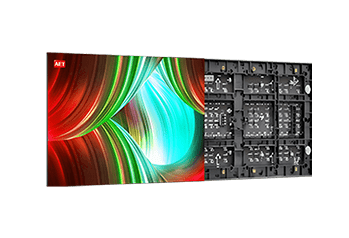


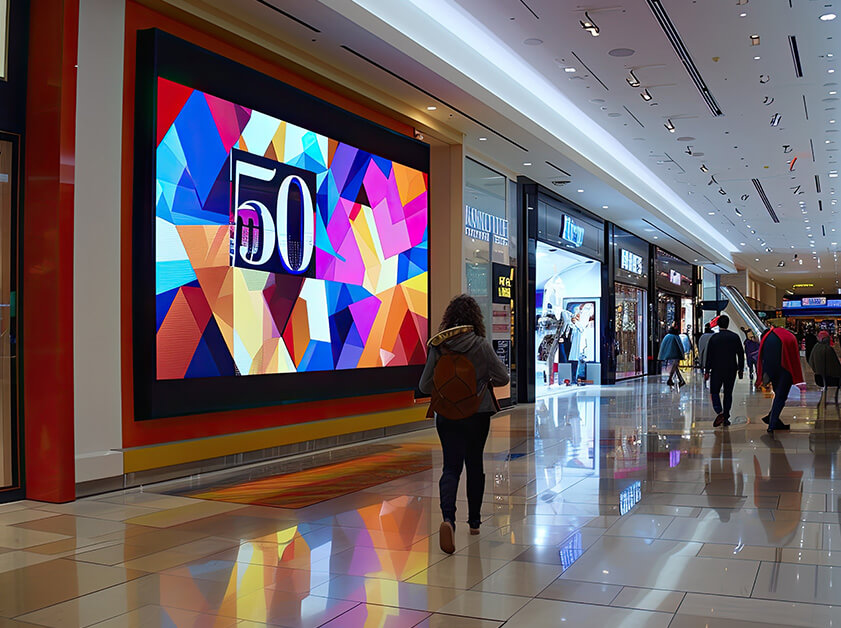
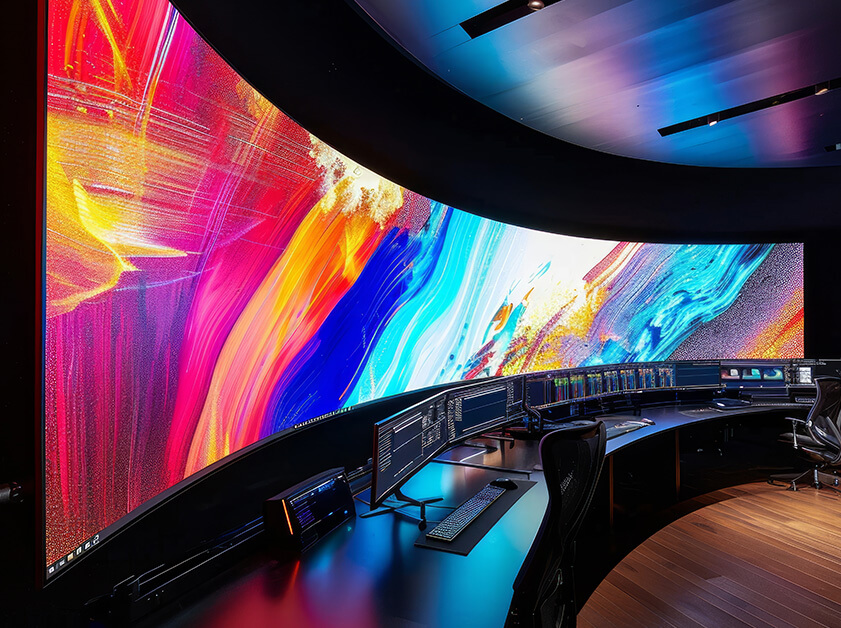

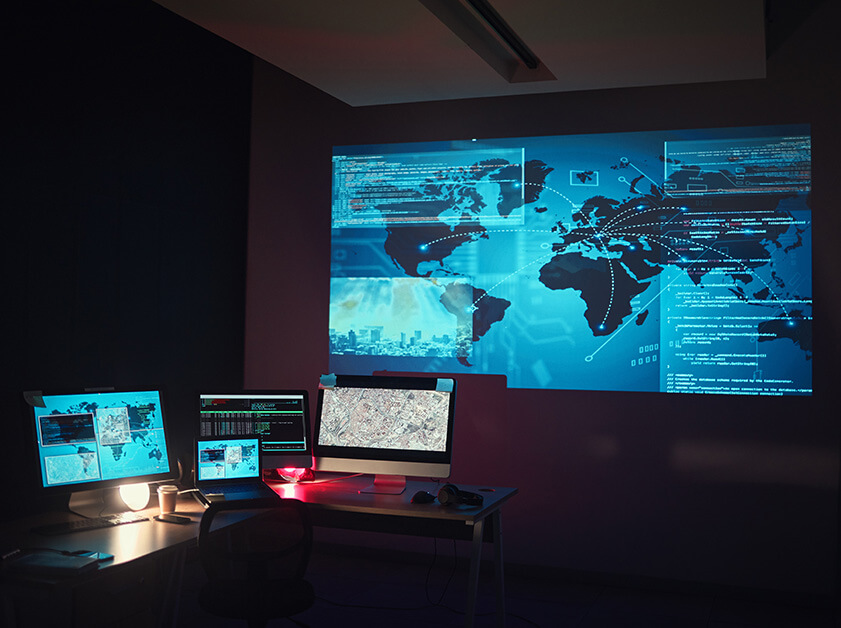
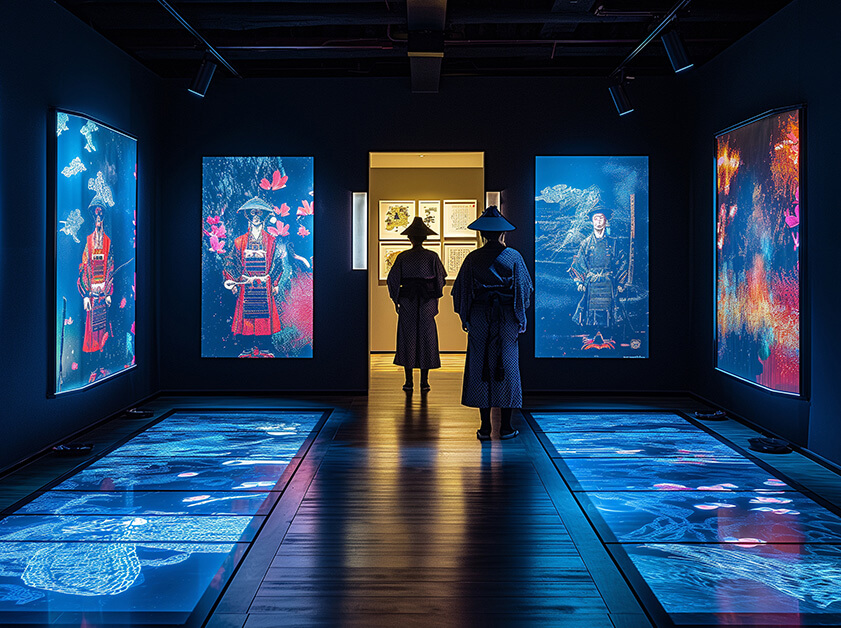
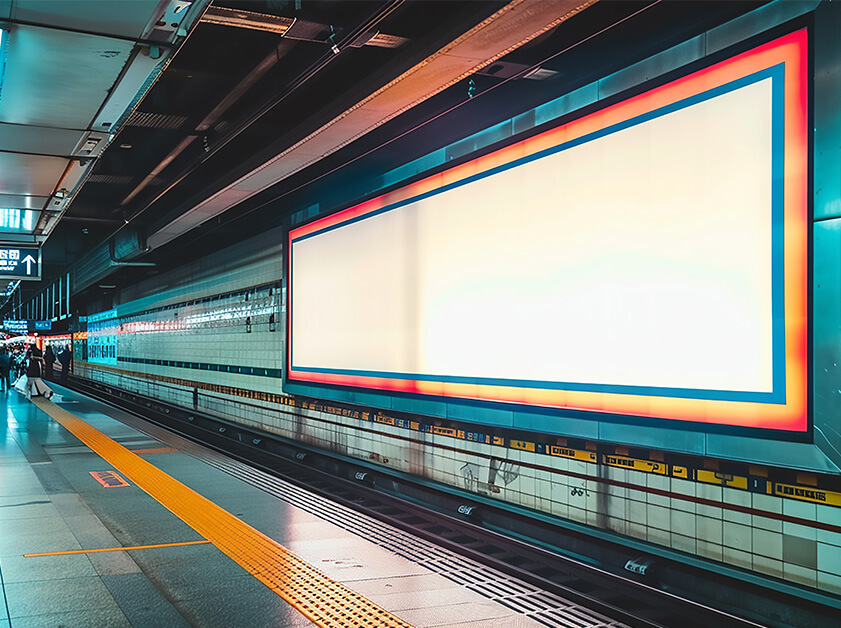

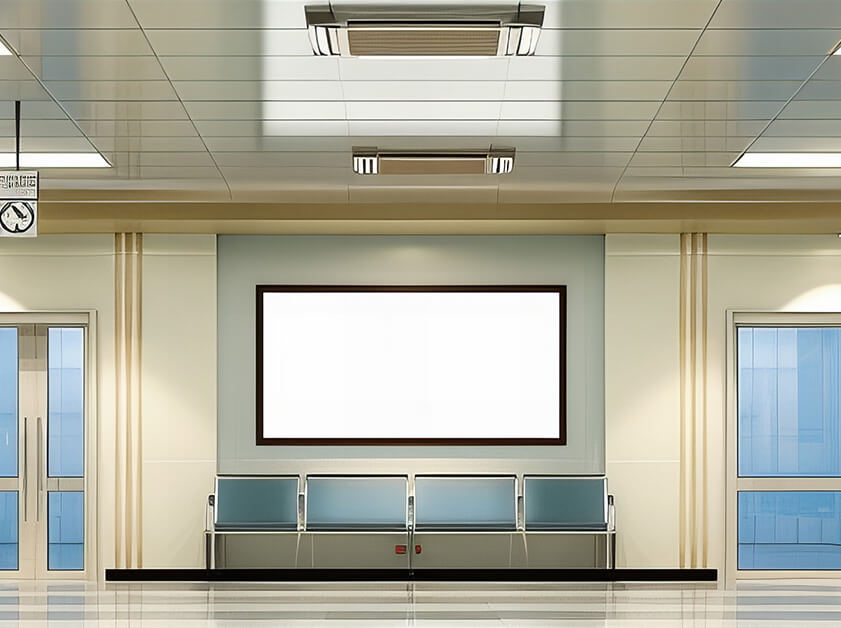
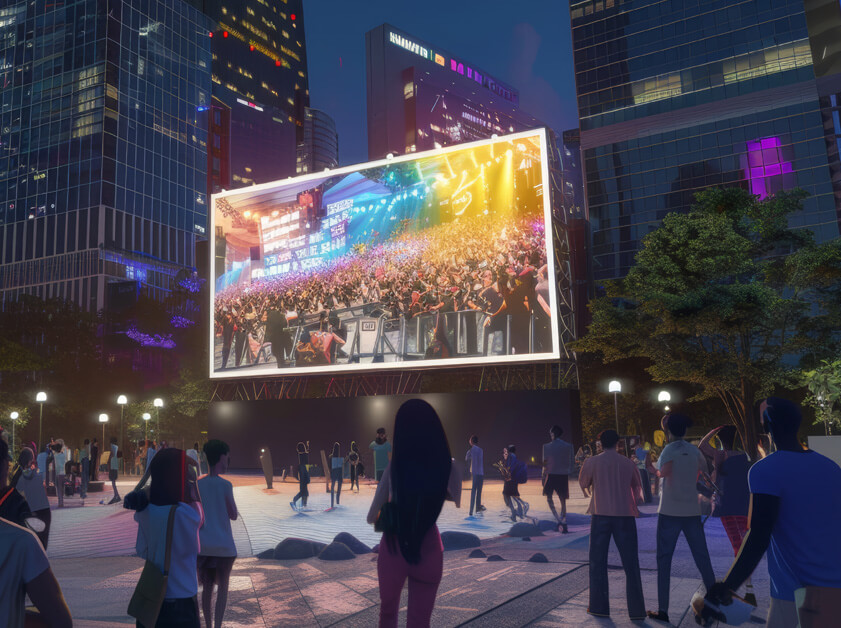















0 Comments